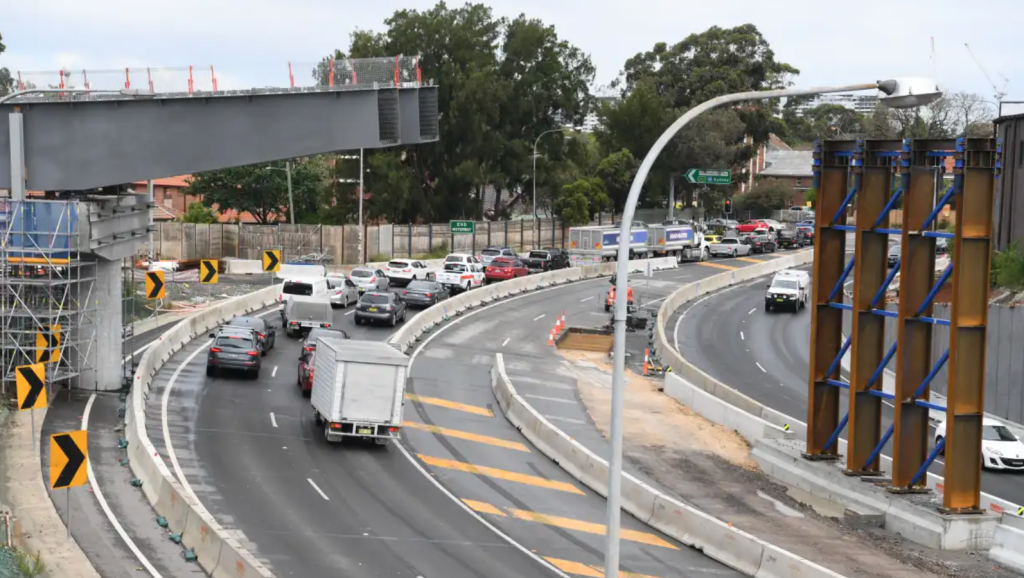
The budget was good for infrastructure developer John Holland
This month’s federal budget was good for John Holland. The delayed government financial statement that set out a $110-billion pipeline of infrastructure funding – $10 billion more than last year and with an extra $7.5 billion for road projects – brought certainty about the future.
For the commercial builder and developer of infrastructure, the budget’s increased funding opened up a list of projects on which it is now looking to tender.
These include the ANZAC Bridge to Warringah Freeway M1 North Smart Motorway in Sydney, the Bruce Highway Upgrade Strategy in Queensland, stage three of the Shepparton Rail Line Upgrade in Victoria and WA utility Metronet’s requirement for high-capacity signalling.
“The key point to me is there’s a commitment to this infrastructure spending and there’s no doubt that it’s going to proceed,” John Holland chief executive Joe Barr says.
“So it brings a whole certainty level about what’s going to happen in the market, rather than just saying it’s in the pipeline.”
He is also confident that another measure of the budget – the incentive scheme to subsidise the wages of younger workers up to the age of 35 – will help secure the ongoing workforce to realise much of that work.
“The whole introduction of the JobMaker subsidy for hiring young people is going to have a really positive impact on the industry,” Barr says.
John Holland itself already hires many younger workers. As many as 40 per cent of its workforce – some 2240 people – are between that age range. But the effect of the employment subsidy will be greater on smaller players in the construction chain, he says.
“More importantly it gives all of our subcontractors and suppliers that additional incentive to do that,” Barr says.
“Some of them are big businesses. But the smaller businesses out there, who are wondering should they hire an apprentice, it’s a great opportunity to say ‘I’ll make that decision’.”
He pushes back against concern that the subsidy could displace older workers – as employers opt to hire a cheaper youngster over a more expensive older employee – saying it was crucial for the construction industry to balance its employment of experienced, skilled workers with younger ones who were more likely to demand a work-life balance than workers more steeped in the industry.
“There’s a balance in the experience you need in your workforce,” Barr says.
“Generally, people that have been in this industry a long time need to change as well. And they’re looking for that change. You get younger people in a company and on a building site and they’re the ones who are brave enough to say ‘I’m not going to work huge long hours’, or ‘Can we do this differently?'”
John Holland’s revenue slipped 1 per cent between August and September, but chalked up a 25 per cent jump from September last year, reflecting the lumpy nature of the contracting work it does.
The increase in September revenue reflected the winding down in September last year of the Clarence Correctional Centre project in northern NSW’s Grafton. With the majority of the work completed at that stage, revenue was less.
The company has now just started the separate Chisholm Road Prison project outside Geelong in Victoria’s Lara.
“Our history never lets us escape that we’re born from criminals,” Barr says. “A prison these days is a much more progressive institution than you had in our society 20 years ago. There is more focus on rehabilitation.”











